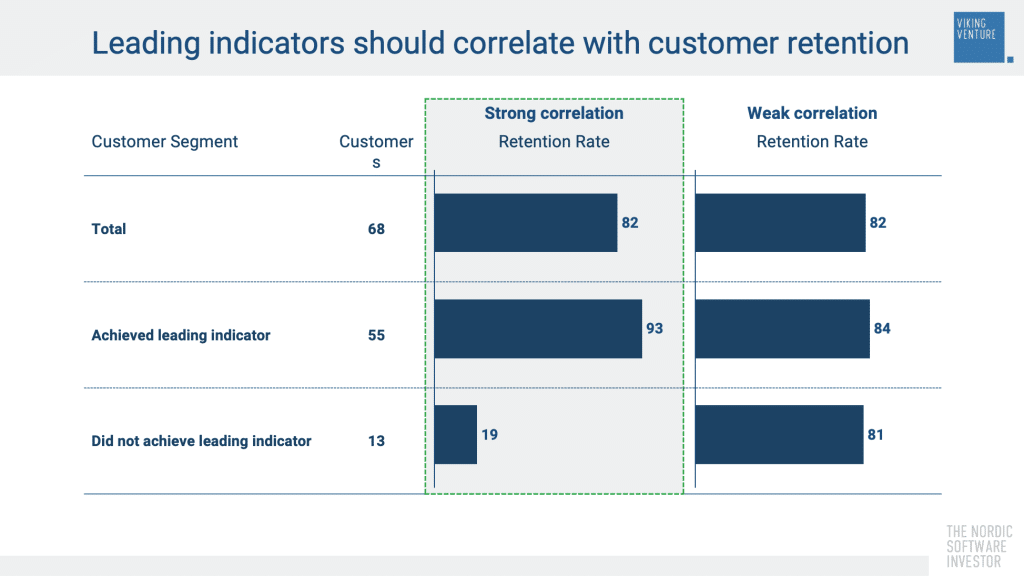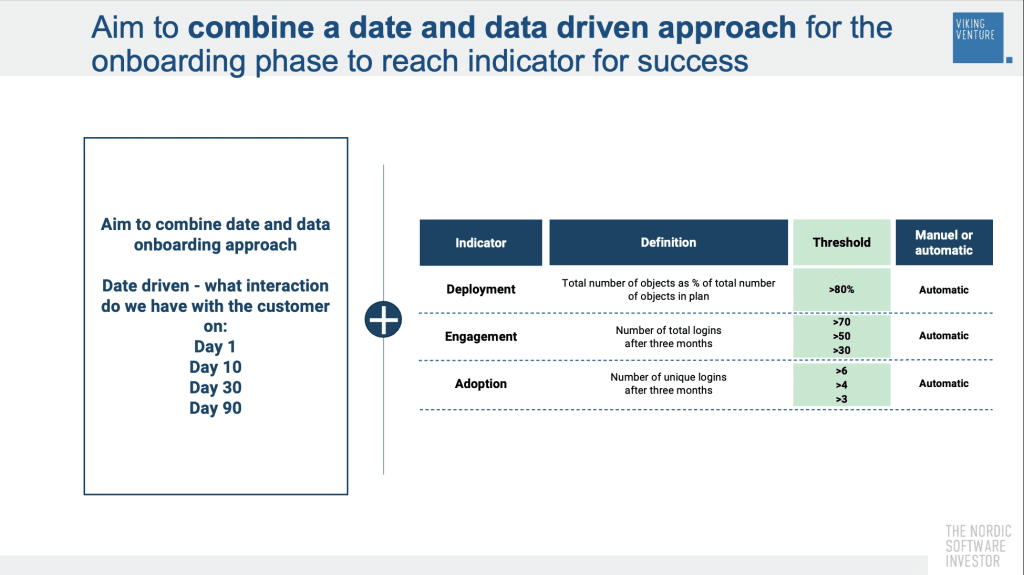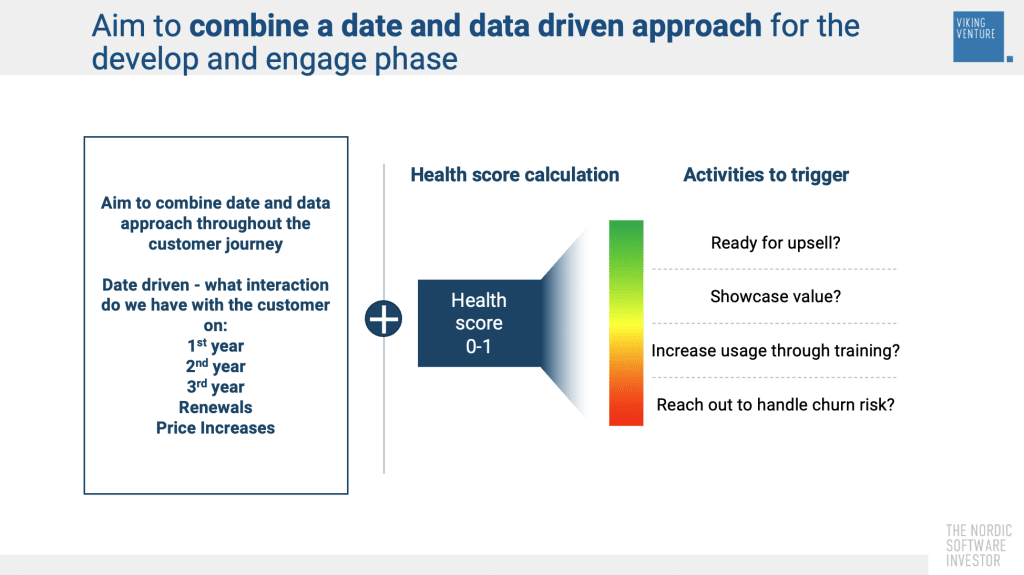What is Customer Health Score and why is it important?

The beauty of a business-to-business (B2B) software-as-a-service (SaaS) company is that you can make money while you sleep. The business model is subscription based, which gives you recurring revenues as long as your customers decide to renew their contracts. Using Customer Health Score is a great way to help you determine whether a customer plans to stay or leave your business.
Why measure Customer Health Score?
Keeping your customers happy and improving their customer experience is key to maximizing retention and lifetime value. This is where a Customer Health Score comes into play and helps you understand how your customers are doing. By measuring indicators like product adoption, usage, number of active users, and satisfaction score you can foresee their needs and approach your customers as the trusted advisor they need and expect.
Defining a Customer Health Score helps you understand, predict, and proactively work with each customer to:
- Improve Customer Experience and Customer Satisfaction
- Drive increased contract value for existing customers
- Reduce and manage churn
What is Customer Health Score?
The scoring is not a standardized KPI, and you can define it differently depending on your solution, customers, access to data, etc. Use the different parameters that give insight into your customers’ overall health, which could be a combination of:
- Deployment KPIs
- Engagement KPIs
- Adoption KPIs
- Satisfaction/NPS
- Support tickets
- Invoice history (do they pay the bills without fuzz)
- Renewal/length of relationship with customer
- Upsells
Customer Health Score throughout your customer’s life cycle
Ideally, you can define a Customer Health Score throughout your customer’s life cycle. In the onboarding phase, we focus on leading indicators for success to predict if the customer will renew after year 1. The reasoning is that customer retention is a lagging indicator and won’t tell us if the customer is happy before the contract is up for renewal. By identifying leading indicators for success, we can better predict renewal. Moreover, it will also affect how we should work with onboarding to help our customers get the value they expect from your solution. If the leading indicator correlates with customer retention, it will benefit you and your customers.

How to use the health score in Customer Success?
Most companies have a date-driven approach, while best-in-class software companies can combine a date and a data-driven approach to onboarding. With a data-driven process, you can say that the onboarding is not done before your customer has reached the set threshold for success.

When your customer has reached the threshold for success, you should define a Customer Health Scorethat focuses on developing and engaging the customer relationship, such as adoption, engagement, support experience, and value for money. Ideally, these are automated measures you can track over time. We also aim to combine date and data-driven approaches in this phase.

Stepwise approach to introduce the scoring model
- Start with focusing on a few simple indicators for success (e.g., number of unique logins and NPS. Develop a single health score for both the onboarding and engagement phase.
- Introduce leading indicators for success to make sure you onboard your customers in a more data-driven way. Build more advanced indicators into existing health scores to make them more sophisticated. Tailor the score to different customer segments (e.g., size, sectors, or other specific needs).
- Fully automatic health score taking in live data on customer adoption, deployment, and engagement – and continuously adjusting thresholds based on actual retention rates. Build distinct health scores for different segments and customer phases.
Check out our Customer Success Playbook to learn more on how we run customer success projects. Including how to define a Customer Health Score and why.
With the help of the Customer Success Playbook, you can create a customer success operating model to predict renewal, churn, and opportunities for upsell and cross-sell. Understanding and segmenting your customer base gives you a framework for strategic planning, organizing your customer success department, and better forecasting revenue.